Alexander Terwilliger
Using machine learning on new feature sets extracted from 3D models of broken animal bones to classify fragments according to break agent
May 20, 2022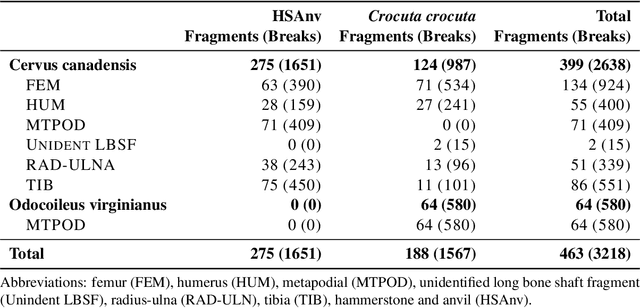

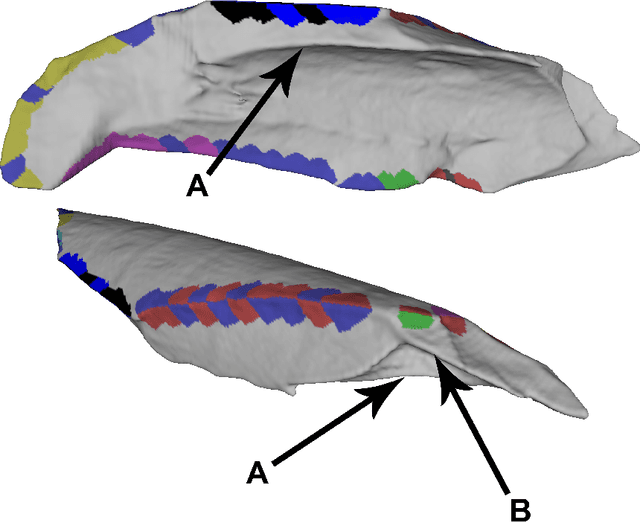
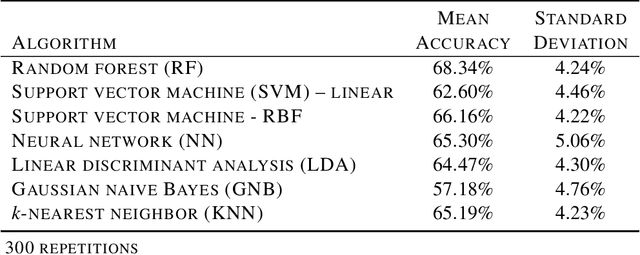
Abstract:Distinguishing agents of bone modification at paleoanthropological sites is at the root of much of the research directed at understanding early hominin exploitation of large animal resources and the effects those subsistence behaviors had on early hominin evolution. However, current methods, particularly in the area of fracture pattern analysis as a signal of marrow exploitation, have failed to overcome equifinality. Furthermore, researchers debate the replicability and validity of current and emerging methods for analyzing bone modifications. Here we present a new approach to fracture pattern analysis aimed at distinguishing bone fragments resulting from hominin bone breakage and those produced by carnivores. This new method uses 3D models of fragmentary bone to extract a much richer dataset that is more transparent and replicable than feature sets previously used in fracture pattern analysis. Supervised machine learning algorithms are properly used to classify bone fragments according to agent of breakage with average mean accuracy of 77% across tests.
The Virtual Goniometer: A new method for measuring angles on 3D models of fragmentary bone and lithics
Nov 10, 2020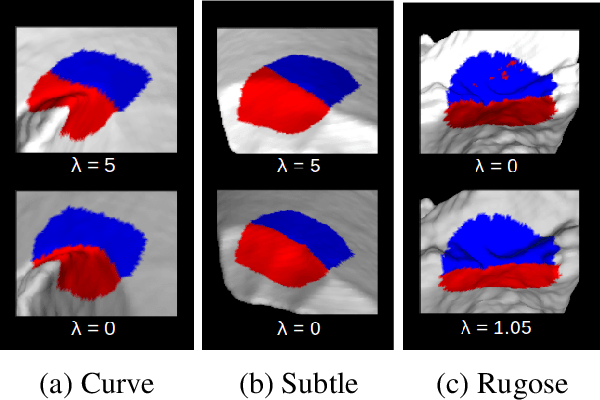

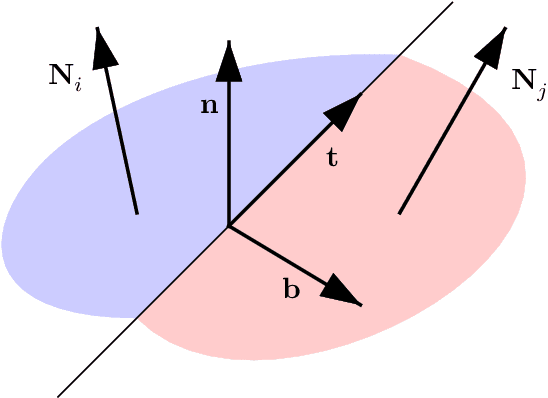

Abstract:The contact goniometer is a commonly used tool in lithic and zooarchaeological analysis, despite suffering from a number of shortcomings due to the physical interaction between the measuring implement, the object being measured, and the individual taking the measurements. However, lacking a simple and efficient alternative, researchers in a variety of fields continue to use the contact goniometer to this day. In this paper, we present a new goniometric method that we call the virtual goniometer, which takes angle measurements virtually on a 3D model of an object. The virtual goniometer allows for rapid data collection, and for the measurement of many angles that cannot be physically accessed by a manual goniometer. We compare the intra-observer variability of the manual and virtual goniometers, and find that the virtual goniometer is far more consistent and reliable. Furthermore, the virtual goniometer allows for precise replication of angle measurements, even among multiple users, which is important for reproducibility of goniometric-based research. The virtual goniometer is available as a plug-in in the open source mesh processing packages Meshlab and Blender, making it easily accessible to researchers exploring the potential for goniometry to improve archaeological methods and address anthropological questions.
 Add to Chrome
Add to Chrome Add to Firefox
Add to Firefox Add to Edge
Add to Edge